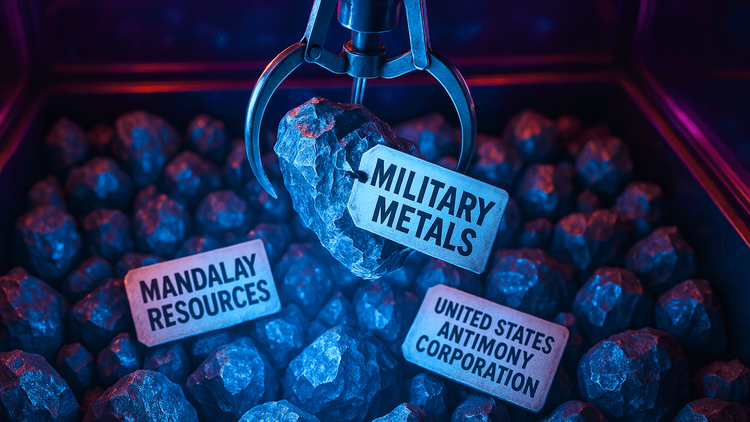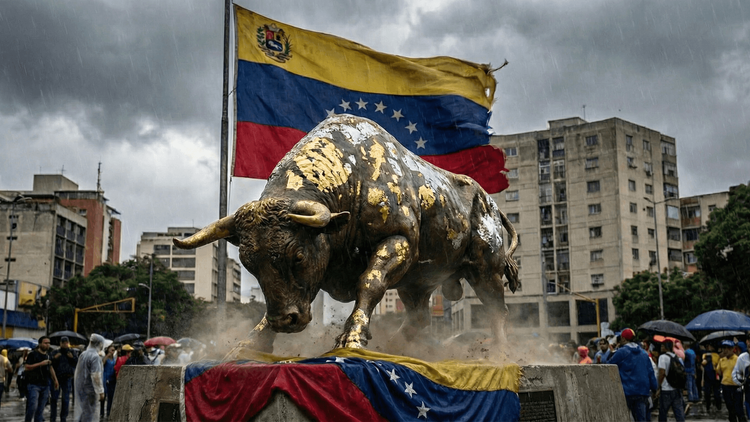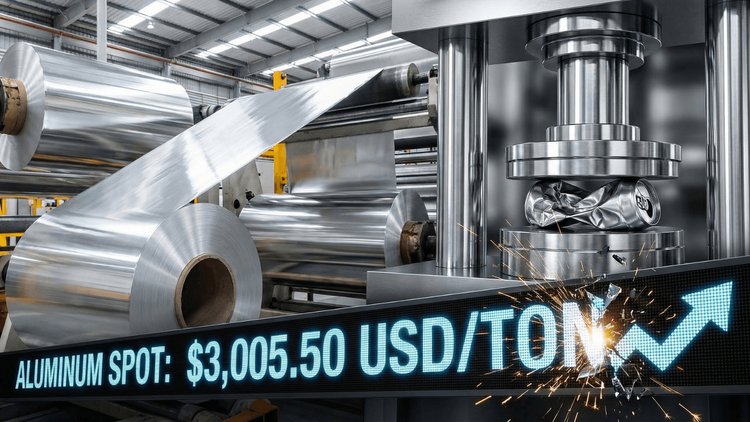The Price of Antimony Soars Amid Geopolitical Tensions
Antimony's Role in Global Dominance: China’s Control, Soaring Prices, and the Race for Supply Independence

Antimony, a critical mineral integral to flame retardants, semiconductors, and military applications, has become a focal point in the escalating trade tensions between China and the United States. China, commanding approximately 48% of global antimony production, has recently imposed stringent export restrictions on this vital resource, significantly impacting global supply chains.
In August 2024, China announced that, effective September 15, it would restrict exports of antimony, citing national security concerns. This move has led to a dramatic surge in antimony prices, with European markets witnessing an increase from $13,400 per tonne in April 2024 to $22,700 per tonne by mid-June 2024. By January 2025, prices have soared further, reaching unprecedented levels of $39,500 to $40,000 per metric ton in Rotterdam, reflecting a nearly 250% increase over the past year.
Former U.S. President Donald Trump, addressing the nation's strategic vulnerabilities, emphasized the imperative of resource independence. "America will once again become the superpower the world respects, with a military built on self-reliance and unmatched technological superiority," he declared, underscoring the necessity of securing domestic supplies of critical minerals like antimony.
In a bold declaration during his inaugural address on January 20, 2025, President Donald Trump pledged to restore the United States military to unparalleled strength, ushering in what he termed a "golden age of America." He emphasized, "From this day forward, our country will flourish and be respected all over the world."
Key Players in the Antimony Market:
Perpetua Resources (NASDAQ: PPTA): Spearheading the Stibnite Gold Project in Idaho, Perpetua aims to reestablish a domestic U.S. supply of antimony. Once operational, this project could supply 35% of annual U.S. antimony demand. As of January 23, 2025, PPTA is trading at $12.28 USD.
Military Metals (CSE: MILI | OTCQB: MILIF): An emerging leader in critical minerals, Military Metals has acquired the West Gore Antimony Property and Last Chance Antimony-Gold Property in Nevada, positioning itself to support U.S. supply chain independence. And recently publishing their 43-101 Technical Report on their flagship property, Trojárová in Slovakia.
United States Antimony Corporation (NYSEAMERICAN: UAMY): A key domestic player, U.S. Antimony focuses on the production and sale of antimony and related products, positioning itself as a vital contributor to reducing America’s reliance on foreign supply chains.
Mandalay Resources Corporation (OTCQB: MNDJF): Operating the Costerfield mine in Australia, Mandalay produces both gold and antimony, serving as a reliable supplier to international markets.
Larvotto Resources Ltd (ASX: LRV): An emerging Australian exploration company, Larvotto Resources is advancing projects rich in antimony and other critical minerals, aiming to capitalize on growing global demand and diversify supply chains outside of China.
Big Red Mining Corp. (CSE: BRM): With the acquisition of the Bald Hill Antimony Property in New Brunswick, Canada, Big Red is emerging as a significant player in North America's antimony landscape.
Korea Zinc (KRX: 010130.KS): Producing approximately 3,500 tonnes of antimony ingots annually, Korea Zinc is exploring partnerships with U.S. companies to stabilize global antimony supply.
The escalating antimony prices and China's export restrictions have prompted Western nations to reassess and diversify their supply chains. Efforts are underway to develop alternative sources and reduce dependency on Chinese imports, but establishing new supply chains is a complex and time-consuming endeavor.
As the geopolitical landscape continues to evolve, the strategic importance of antimony and other critical minerals remains at the forefront of national security discussions. The initiatives undertaken by these companies are pivotal in shaping the future of antimony supply and, by extension, the technological and military capabilities of nations worldwide.






